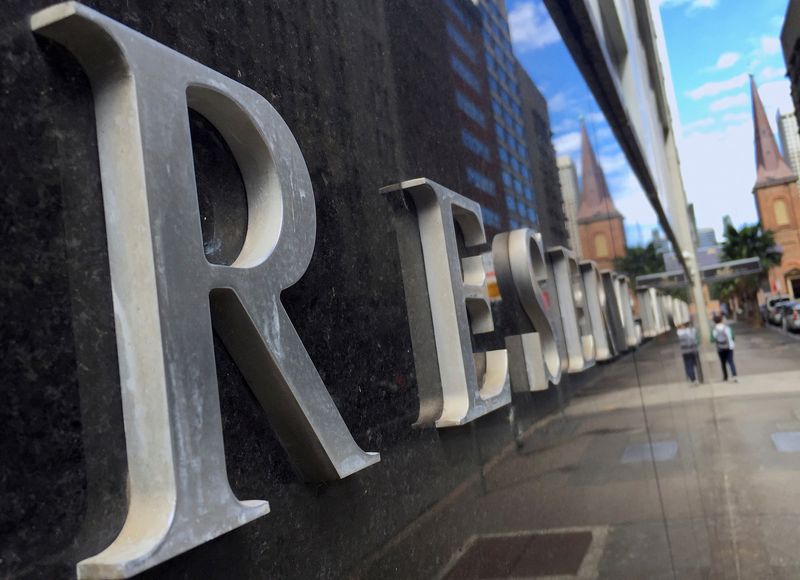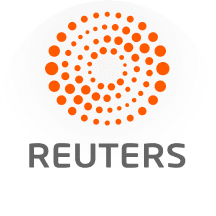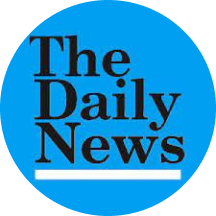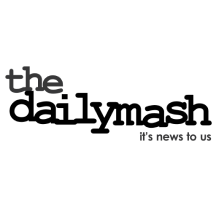
By Stella Qiu and Wayne Cole
SYDNEY (Reuters) -Australia's central bank cut interest rates on Tuesday for a third time this year and signaled further policy easing might be needed to meet its inflation and employment goals as the economy lost some momentum.
Wrapping up a two-day policy meeting, the Reserve Bank of Australia board cut the main cash rate by a quarter point to 3.6%, saying that data suggested core inflation would moderate to around the middle of its 2% to 3% target band, assuming a gradual easing in policy.
Markets had been fully priced for a cut, having been wrong-footed in July when the central bank held steady, given inflation had slowed as desired in the second quarter while unemployment had moved higher. [AU/INT]
Governor Michele Bullock would not comment on whether a cash rate of 3.6% was restrictive or not, but said policymakers would decide moves on a meeting by meeting basis to ensure the bank met its two mandates of low and stable inflation and full employment.
"Forecasts imply that the cash rate might need to be a bit lower than it is today to keep inflation low and stable and employment growing but there is still a lot of uncertainty," said Bullock in a post-meeting decision.
She added that a decision not to cut rates at Tuesday's meeting would have meant the central bank risked missing both of its mandates.
The Australian dollar slipped 0.2% to $0.6508, while three-year bonds reversed earlier losses to be up 2 ticks at 96.62. Swaps imply just a 34% probability that the RBA would follow up with a September cut, although two more rate cuts by early next year are fully priced in to 3.1%
The RBA stunned markets just last month by holding rates steady at 3.85% in a rare split decision as the majority of policymakers wanted to wait for more data to confirm inflation was easing towards the midpoint of the 2-3% target band.
The RBA on Tuesday also slashed the outlook for economic growth as productivity stayed persistently weak. It, however, still forecast a slowdown in core inflation and maintained a steady labour market.
Headline inflation eased to 2.1% in the June quarter, while the trimmed mean measure of core inflation hit a fresh three-year low of 2.7%. The labour market, on the other hand, is easing from full employment levels, with the jobless rate jumping to 4.3% from 4.1% in one month.
There are signs that previous cuts in February and May are finally filtering through the economy, with consumer spending starting to pick up on the back of lower inflation and past tax cuts.
The central bank has emphasised caution in easing, having only cut rates after the release of the quarterly inflation data. That is why investors are wagering on a cut in November and likely another in February next year.
Meanwhile, the global outlook appears to be improving slightly. On Monday, U.S. President Donald Trump extended a tariff truce with China by another 90 days, staving off triple-digit duties on Chinese goods and an immediate escalation in the trade war.
"Unemployment has jumped, strengthening the case for cuts. At the same time, robust household spending shows some families can still find room for discretionary purchases," said Harry Murphy Cruise, head of economic research and global trade at Oxford Economics Australia.
"In the end, prices and jobs trump everything else. With good news on inflation and bad news on unemployment, more easing is warranted."
(Reporting by Stella Qiu; Editing by Sam Holmes)

 Reuters US Business
Reuters US Business
 WWSB
WWSB FOX 13 Tampa Bay Crime
FOX 13 Tampa Bay Crime Sun Sentinel
Sun Sentinel Tribune Chronicle Community
Tribune Chronicle Community Iron Mountain Daily Sports
Iron Mountain Daily Sports Medscape
Medscape The Daily Mash
The Daily Mash The Daily Beast
The Daily Beast Associated Press US and World News Video
Associated Press US and World News Video